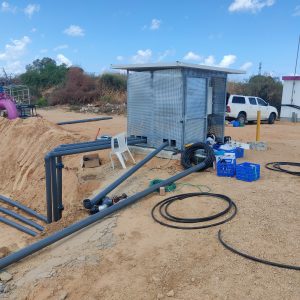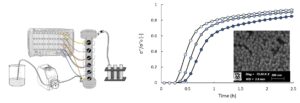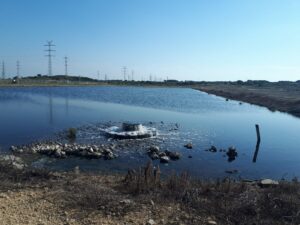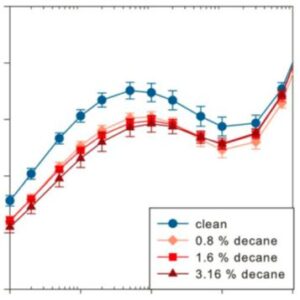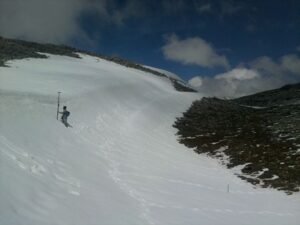Air-SATWe try to enhance soil aquifer treatment so that more water can be infiltrated without jeopardizing the water quality. To do that, we intermittently inject air at about 1 m below ground. After a successful laboratory experiment (Arad et al., 2023), we have constructed a 600 square meter pilot at the Shafdan site (great work of Natasha)
|
Nano-particles in porous mediaThe growing use of nanomaterials in the industry over the last decade led to an increased interest in the behavior of NPs in solutions and in the natural environment and the need for efficient tracking methods. In our lab, we investigate the reactive transport of metallic NPs in the soil using geoelectric methods. Implementing these methods allows us to track the movement of NPs in the soil in a noninvasive fashion.
|
Soil Aquifer TreatmentIn Israel, most wastewater is reused after proper treatment. Part of that is done using a unique Soil Aquifer Treatment (SAT) technology. Our efforts in that field are related to better understanding the complex physical, biological, and chemical processes that enhance the process. Specifically, we try to increase infiltration and water quality simultaneously. We combine laboratory and field work with mathematical modeling and geophysical measurements to do that.
|
Study of root zone dynamics using electrical resistivity tomography
|
Spectral-induced polarization signature of soils
|
The effect of biological activity on unsaturated soil hydraulic properties
|
Snow hydrology in temperate regionsSnow in temperate climates has unique characteristics, mostly related to the daily fluctuation of temperature around the freezing point and the relatively high mass and energy fluxes that exist throughout the snow accumulation period. In this experimental study, we study the snow dynamics on Mt. Hermon as a case study for such conditions.
|

